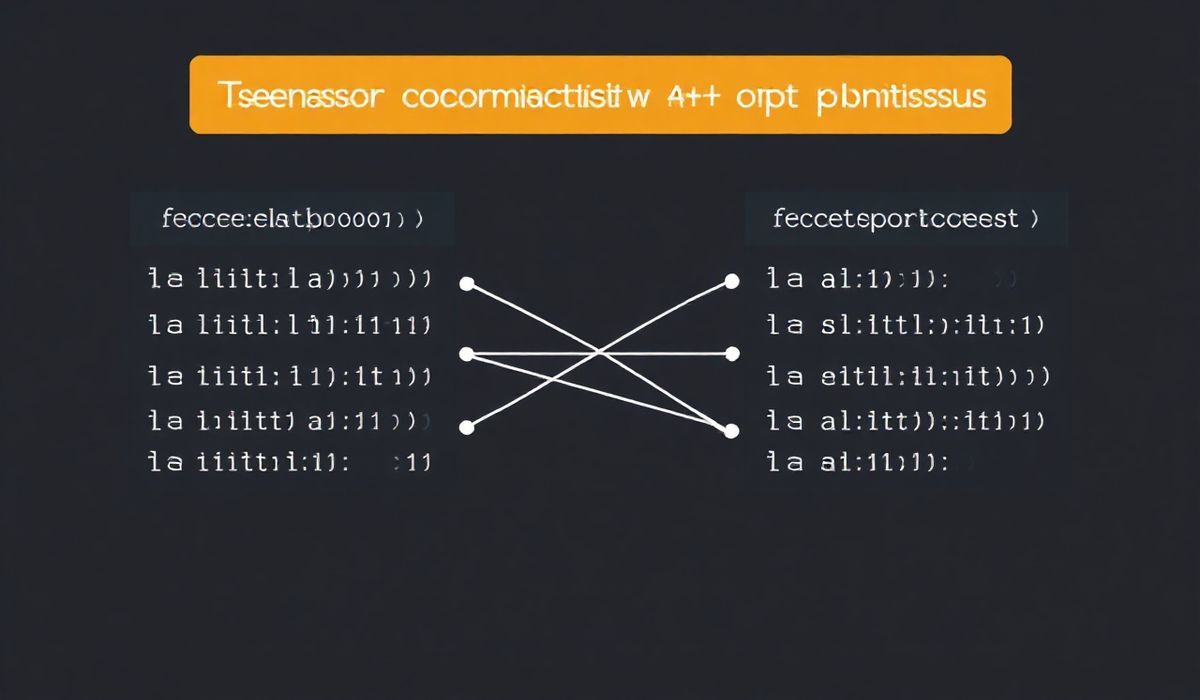Understanding Charset Normalizer
The charset-normalizer Python library is a robust tool designed to detect and transcode text encoded in various character encodings. It is particularly useful in situations where encoding failures can occur and helps ensure your applications handle non-UTF-8 encoded text gracefully. Whether you are processing text files, working with APIs, or handling diverse data sources with varying encodings, charset-normalizer equips you with powerful, user-friendly APIs.
Installation
Install the library via pip:
pip install charset-normalizer
API Examples: Using Charset Normalizer
1. Detect Charset of a Text File
Detect the encoding of a text file:
from charset_normalizer import from_path
# Detect the encoding of a file
results = from_path('sample.txt')
for result in results:
print(f"Detected Encoding Scheme: {result.encoding}")
print(f"Accuracy: {result.chaos}")
print(f"Decoded Content: {result.decoded_payload}")
2. Handle Raw Bytes
Analyze raw byte sequences to detect encoding and decode appropriately:
from charset_normalizer import from_bytes
# Sample raw byte sequence
raw_bytes = b'\xe2\x82\xac is the Euro symbol in UTF-8.'
results = from_bytes(raw_bytes)
for result in results:
print(f"Detected Encoding: {result.encoding}")
print(f"Confidence Score: {result.chaos}")
print(f"Decoded Text: {result.decoded_payload}")
3. Verify Encodings
Verify the encoding of a given string:
from charset_normalizer import detect
# Verify a string's encoding
suspected_bytes = "مرحبا".encode('utf-8')
encoding_info = detect(suspected_bytes)
print(f"Detected Encoding: {encoding_info['encoding']}")
print(f"Confidence: {encoding_info['confidence']}")
4. Save Transcoded Files
Re-save files in UTF-8 while preserving the original content:
from charset_normalizer import from_path
# Convert file to UTF-8
results = from_path('legacy_encoded_file.txt')
for result in results:
with open('utf8_file.txt', 'wb') as fp:
fp.write(result.text.encode('utf-8'))
Application Example: Building a Universal File Reader with Charset Normalizer
Many applications require reading various text files with inconsistent encodings. Here’s how you can write a universal file reader using charset-normalizer:
import os
from charset_normalizer import from_path
def read_file(file_path):
results = from_path(file_path)
if results:
return results[0].decoded_payload
return None
def process_directory(dir_path):
for root, dirs, files in os.walk(dir_path):
for file in files:
file_path = os.path.join(root, file)
content = read_file(file_path)
if content:
print(f"Processed File: {file} - Content: {content[:50]}...")
# Example Usage
process_directory('path_to_directory')
Conclusion
By incorporating charset-normalizer into your Python applications, you can seamlessly handle diverse character encodings, eliminating errors caused by incorrect character sets. Use this library to improve text handling consistency, reduce bugs, and ensure data integrity in your projects. It’s a must-have for developers working with multilingual text data.




